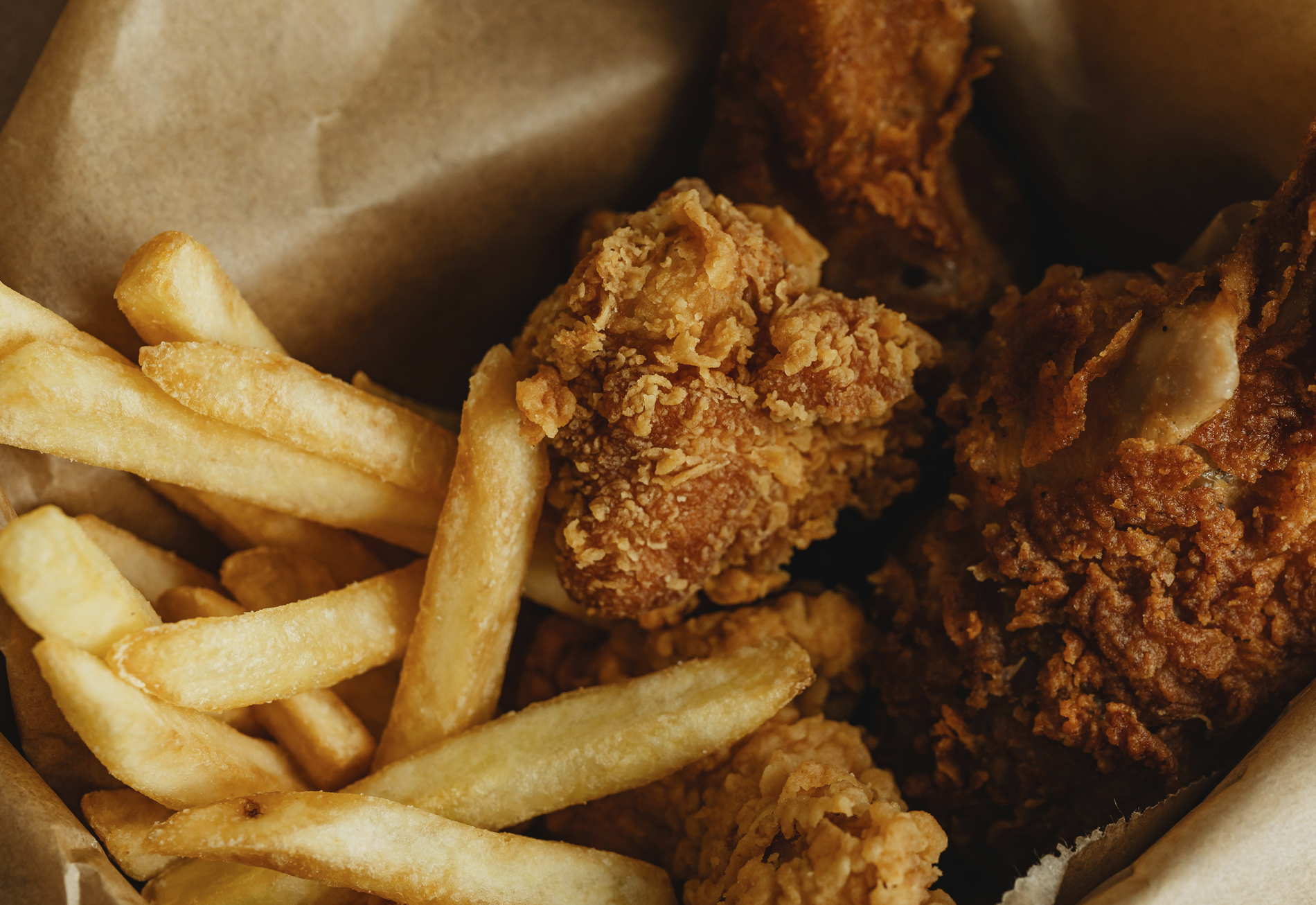Pollo Campero opened its first restaurant in Guatemala in 1971, and over the years grew into a Central American force.
Along the way, they realized that expanding into new countries meant much more than simply translating their menu into the local dialect. This was especially true of a market as competitive and complex as the United States.
When the time came to roll their new prototype out onto U.S. shores, they called Buxton to help them develop a strategy for success.
"We needed a solution that would provide field staff the ability to review and process potential locations on site.”
“We needed a solution that would allow us to not only determine in what cities to focus development, but also to plan out the full development of the market,” explained Travis Edmondson, director of business development for Campero USA. “We needed a solution that would provide field staff the ability to review and process potential locations on site.”
Translating Success
From the outset, it was assumed that customers who were familiar with Pollo Campero would flock to the new restaurants. But mainstream American audiences knew nothing of the brand and would have little reason to choose Pollo Campero over a brand they already knew.
In an instance like this, you go back to the basics: who is your customer? And most importantly, where are more consumers like your customers located?
By combining Pollo Campero’s data with Buxton’s proprietary consumer data, Buxton identified the consumers that would be most likely to frequent the new restaurants. Utilizing these customer profiles, Buxton developed a predictive real estate model able to pinpoint site locations down to the local street intersection, which would put future franchise locations right in the middle of crucial customer segments.
Success Today And In The Years To Come
With Buxton, “we have better tools to build development strategies, market plans, trade area selection and site selection scoring,” Edmondson said. “The solutions also allow us to visualize the location of our current customer base, prioritize trade areas and look at potential cannibalization.”
For example, when looking at real estate opportunities in new markets, Pollo Campero uses SCOUT to guide brokers and franchisees by showing them areas that have high concentrations of their customer base.
Simply put, “analytics have helped us understand our current business and allowed us to continue our growth in the U.S. It’s also helping us to update our expansion plans with current information to make sure we are making the right decisions as we grow,” Edmondson concluded.
And grow they have. In the first quarter of 2014, Pollo Campero opened five new locations using Buxton solutions, which are performing at or above projections. Finishing the year strong with same-store sales growth reaching 7.4%, Pollo Campero opened a total of eight restaurants and remodeled six with their new brand image.
“Analytics have helped us understand our current business and allowed us to continue our growth in the U.S. It’s also helping us to update our expansion plans with current information to make sure we are making the right decisions as we grow.”
This same-store sales growth coupled with new store openings grew total corporate revenue by 17.4% for 2014. But, they didn’t stop there. Starting 2015 off with a bang, Pollo Campero saw an 11.8% growth in same-store sales in the one month period of January to February.
Buxton and Pollo Campero are able to use this performance data to fine-tune their model – providing a strategic compass for the company’s continued expansion and giving prospective franchisees the comfort of knowing that the brand they’re investing in is supported by a great growth strategy. And that’s a win for all involved.
